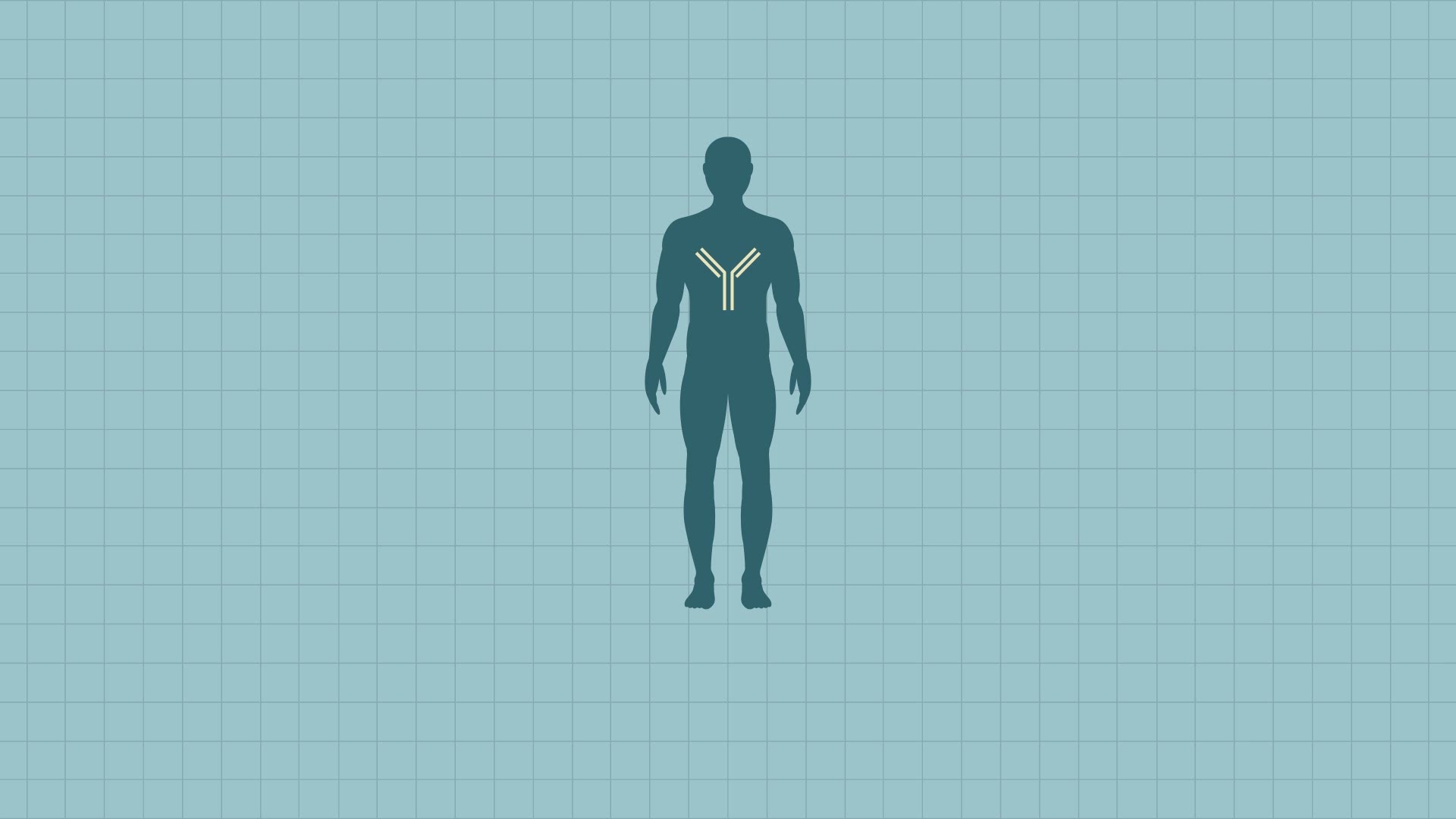NEW YORK — The spark that started the U.S. coronavirus epidemic arrived during a three-week window from mid-January to early February, before the nation halted travel from China, according to the most comprehensive federal study to date of when the virus began spreading.
That means anyone in the U.S. who thought they had the virus in December or early January probably had the flu, public health researchers said.
Some people have claimed Americans were getting sick from the coronavirus as early as November and that infections were spreading in the U.S. before any case was identified, said Dr. Robert Redfield, the head of the U.S. Centers for Disease Control and Prevention.
“(This) puts data into the discussion. Prior to this we had discussion without a lot of data,” he said.
In the study released Friday, CDC researchers collaborated with health officials in six states as well as genetics researchers and disease modelers in the Seattle area.
They drew on four kinds of data. One was reported illnesses by hospital emergency departments across the country. Another was a look back at about 11,000 respiratory specimens collected in January and February. A third was a genetic analysis of viruses taken from patients in California, Washington and the Northeast. Finally, autopsy findings from California also fit the theory.
The new coronavirus emerged in Wuhan, China, late last year. The first U.S. infection to be identified was a traveler — a Washington state man who returned from Wuhan on Jan. 15 and sought help at a clinic on Jan. 19.
The White House announced a ban on travelers from China on Jan. 31, with implementation beginning on Feb. 3. Before that, some travelers were screened for symptoms at some airports. Only later did health officials realize the virus could spread before symptoms show up, rendering symptom-based screening imperfect.
White House officials in February declared the virus was contained and not a current risk to the American public. Until late February, coronavirus infections were too rarely diagnosed by emergency departments to be identified as a growing epidemic, the study found.
But limited spread in some communities was occurring in late January and early February, the study found.
Early instances of infection were found in the 11,000 airway samples collected from six states. The earliest was in a sample collected Feb. 21 in the Seattle area.
Genetic analysis from early cases suggest a single lineage of virus from China began spreading in the United States between Jan. 18 and Feb. 9.
One of the report's authors, Trevor Bedford of Seattle’s Fred Hutchinson Cancer Research Center, has been tracking the pandemic using the virus’s genetic code. He said in an email Friday that there could have been a few undetected cases of the coronavirus in the U.S. in December or January, but flu season was at its height.
“Based on just symptoms in January, it’s almost certainly flu or another respiratory infection,” Bedford said.
The earliest infections in Washington and California were from viruses originating in China, a genetic analysis found. Several introductions of the virus from Europe followed in February and March.
A separate study, released Friday by the journal Science, focused on the virus's beginning in New York City, which was hit hard by the virus.
It looked at the genetic information of coronaviruses gathered from 84 patients treated at the Mount Sinai Health System between Feb. 29 and March 18. The information provides clear evidence for multiple introductions of infections — largely from Europe — into New York during the first weeks of March, the authors concluded.
The Trump administration announced a travel ban for most of Europe on March 11, and it went into effect March 13. The United Kingdom and Ireland were initially not included.
Ana Gonzalez-Reiche and her fellow authors wrote that the travel restrictions did little to prevent spread because community-driven transmission was already occurring.
The No. 2 official at the CDC previously acknowledged U.S. officials were slow to understand how much the virus was spreading from Europe.
So, did the White House travel bans come too late to stop outbreaks from beginning?
The CDC study was not designed to assess that, said the agency's Dr. Jay Butler.
“It's important to recognize the travel bans were intended to slow introduction of the virus,” he said. “We knew it would be fairly unlikely that it would be completely kept out of the United States."
As of Friday, there have been more than 1.7 million confirmed COVID-19 cases in the U.S. and more than 101,000 deaths.
___
Johnson reported from Washington state.
___
The Associated Press Health and Science Department receives support from the Howard Hughes Medical Institute’s Department of Science Education. The AP is solely responsible for all content.


